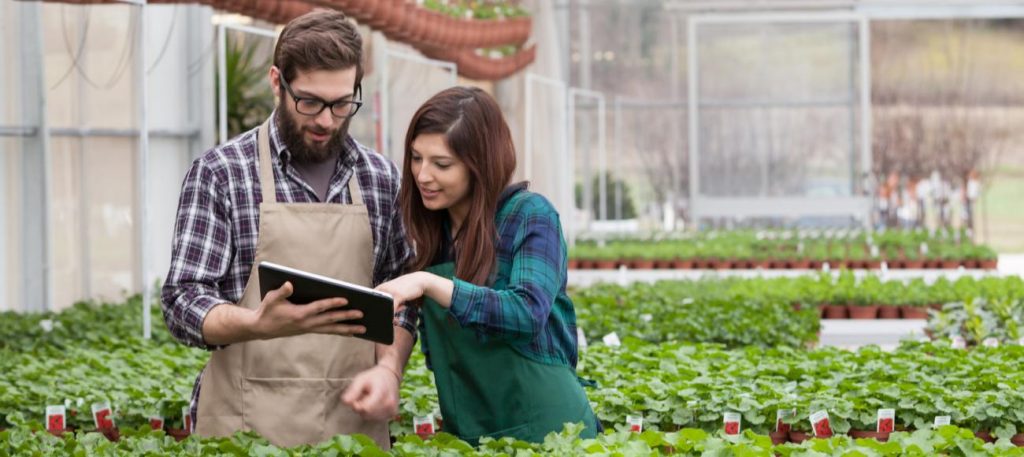
Irrigation management of tomato – Part 1.
Our Trutina system is a perfect tool to get better real-time control on crop performance.
In the coming season, we will publish valid examples which shows how to control irrigation strategy in order to get close to the genetical maximum.
Our aim is to follow through a whole crop year and try to reveal the possible irrigation mistakes in each phenophase. We try to help determine the actual irrigation strategy and the vegetative vs generative effects of the past mistakes.
Now we start from the beginning of the crop. The data below are to be used in case of standard tomato cultures with suitable technological background, in compliance with the required technological discipline. Data from the chart above can be used based on the conditions set in the first part, in case of planting in low irradiation conditions.
GROWING PERIOD – PHASE 1: until the second cluster or 50th-2nd weeks
Purpose
The plants are still in rockwool cubes, but taking them apart helps in their generative management. We must try to create uniformity, to correct the incidental differences in plant size by placing the smaller plants to the sunnier side of the twin rows. Dripper pins are to be sticked at the same depth and position in case of every rockwool cube, making sure that the pins do not reach the slab. Rockwool cubesmust be placed with the drain channels on their bottom showing the same direction.
Attention! Special attention should be paid to the condition of the dripper pins in the first couple of days due to the homogeneous irrigation. It is safer to use a bigger dose of water when older dripping systems are used.
Task crop
The plants have arrived from the nursery. Taking them apart causes stress in the young plants. They become weary due to the micro-climatic changes and the injury of their leaves, which may last for a couple of days, so we need to try to prevent them from any additional stress effects.
After 2-3 days the plants will regenerate, and we can start their management. We need to support the plants so that they can develop the biggest possible leaf area, to maximize the photosynthetic leaf area, with strong generative management, in order to reach suitable flower formation.
Task rootzone
Our task is to help the plants grow a lateral root system with as many roots as possible when the roots are still in the rockwool cube. The more root apexes are at the contact surface of the rockwool cube and the slab, the better the start will be when placing th eplants on the slab. It is very important that we should not let the plants dry out so much that their root end would not burn and dry out.
In normal cases climatic stress and high EC value are sufficient to get high quality fowers and to produce pollen. We need to avoide the early afternoon darkening of the plants because of its high risk on the root system.
It is advisable to water the plants in the rockwool cubes with air temperature irrigation water. Great emphasis must be placed on the use of purified or rain water to reach the best possible nutrient intake. Nighttime irrigation is most probably needed in the week before the plants are placed on the slab.
